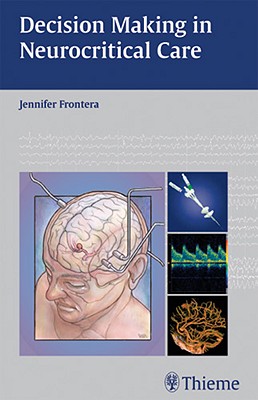
Darenmit, Cole
Did you know that many successful architects, lawyers, engineers-even bestselling novelists-had difficulties learning to read and write as children?
This book has an invaluable advice on how parents, educators, and individuals with dyslexia can recognize and use the strengths of the dyslexic learning style in: material reasoning (used by architects and engineers); interconnected reasoning (scientists and designers), narrative reasoning (novelists and lawyers); and dynamic reasoning (economists and entrepreneurs.)
Dyslexia can be an often-misunderstood, confusing term for reading problems. The term dyslexia comprises of two different parts: dys- abnormal, or impaired or difficult, and -lexia signifying words, reading, or vocabulary. So quite actually, dyslexia means difficulty with words (Catts & Kamhi, 2005).
Regardless of the many confusions and misunderstandings, the word dyslexia is often utilized by medical personnel, researchers, and clinicians. Among the most typical misunderstandings concerning this condition is that dyslexia is an issue of attention, or term reversals (b/d, was/noticed) or of characters, words, or sentences "dance around" on the web page (Rayner, Foorman, Perfetti, Pesetsky, & Seidenberg, 2001).
Actually, writing and reading words backwards are normal in the first stages of understanding how to read and write among average and dyslexic children as well, and the existence of reversals may or might not indicate an underlying reading problem.







